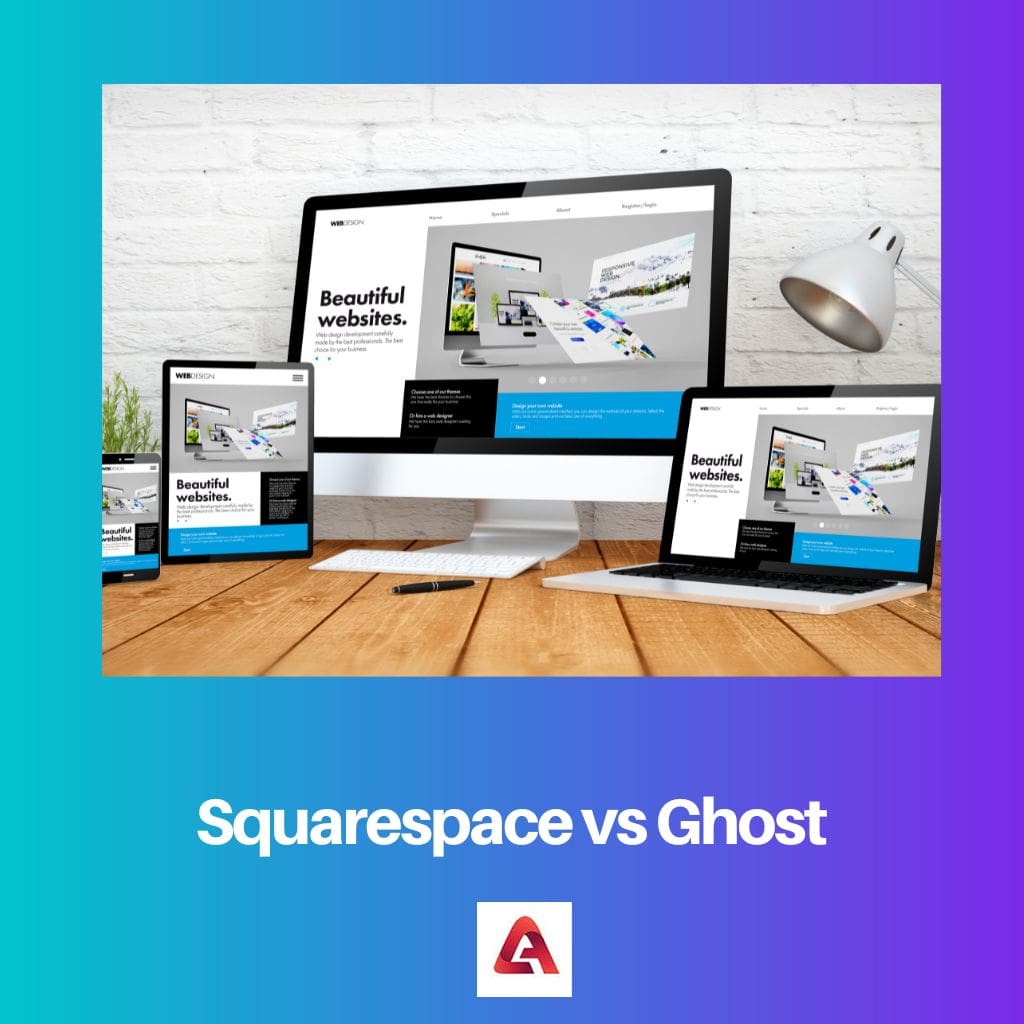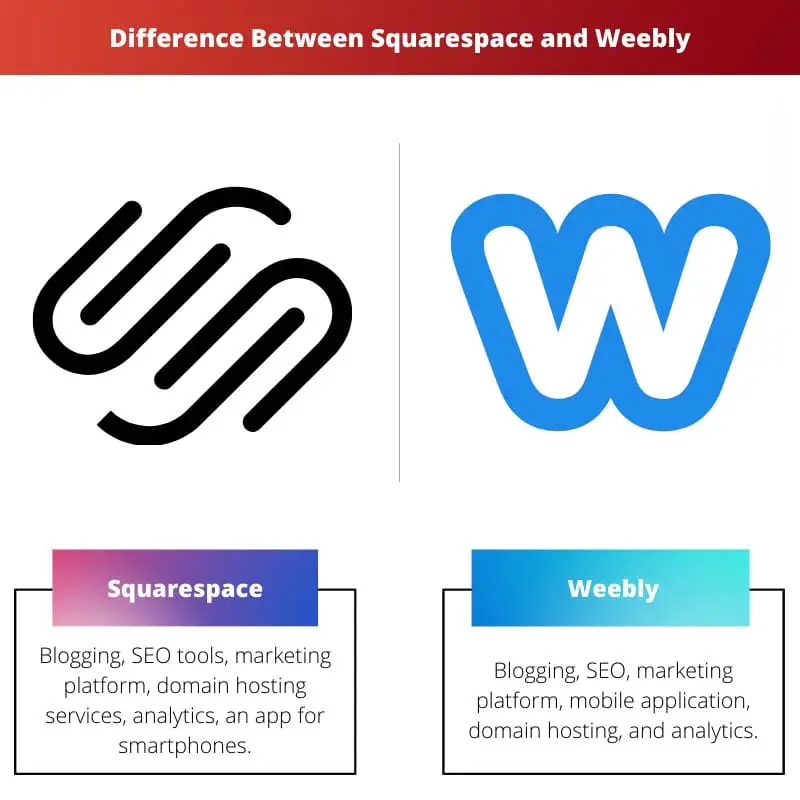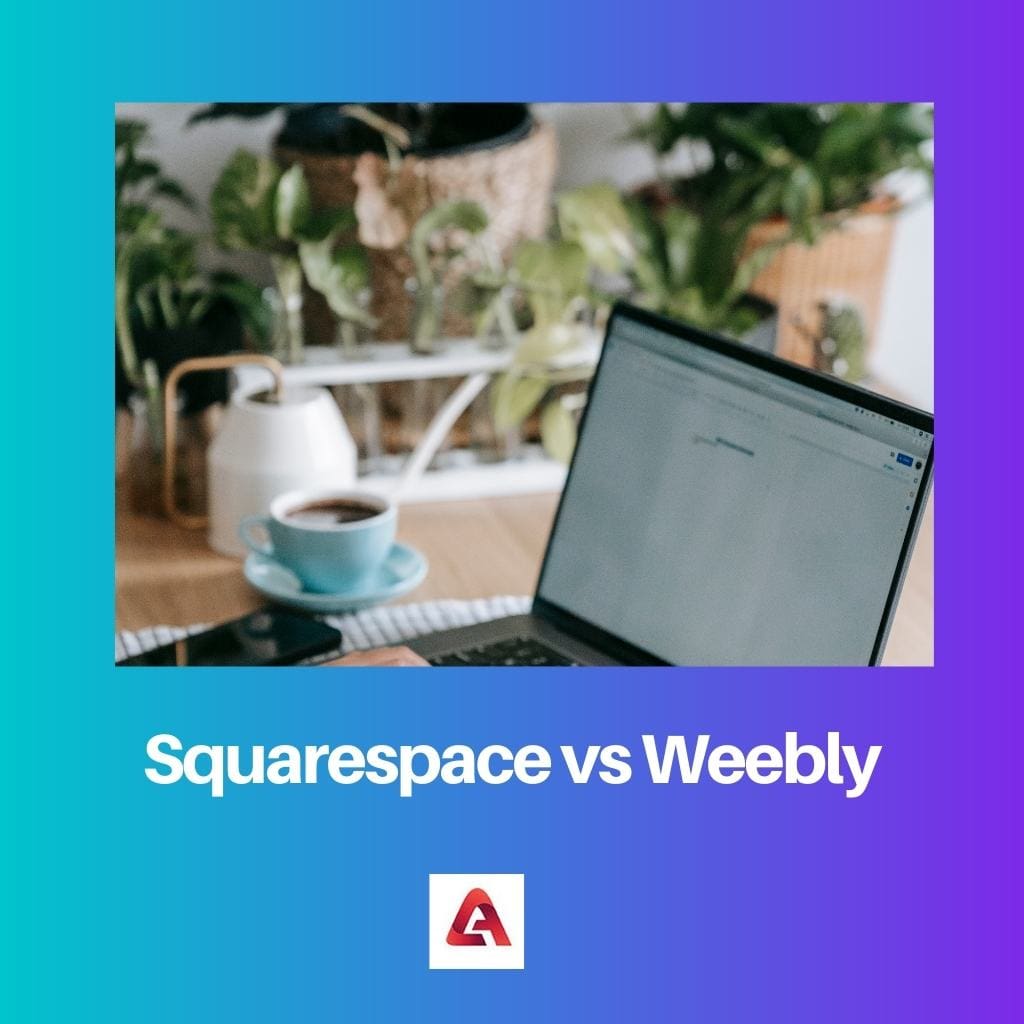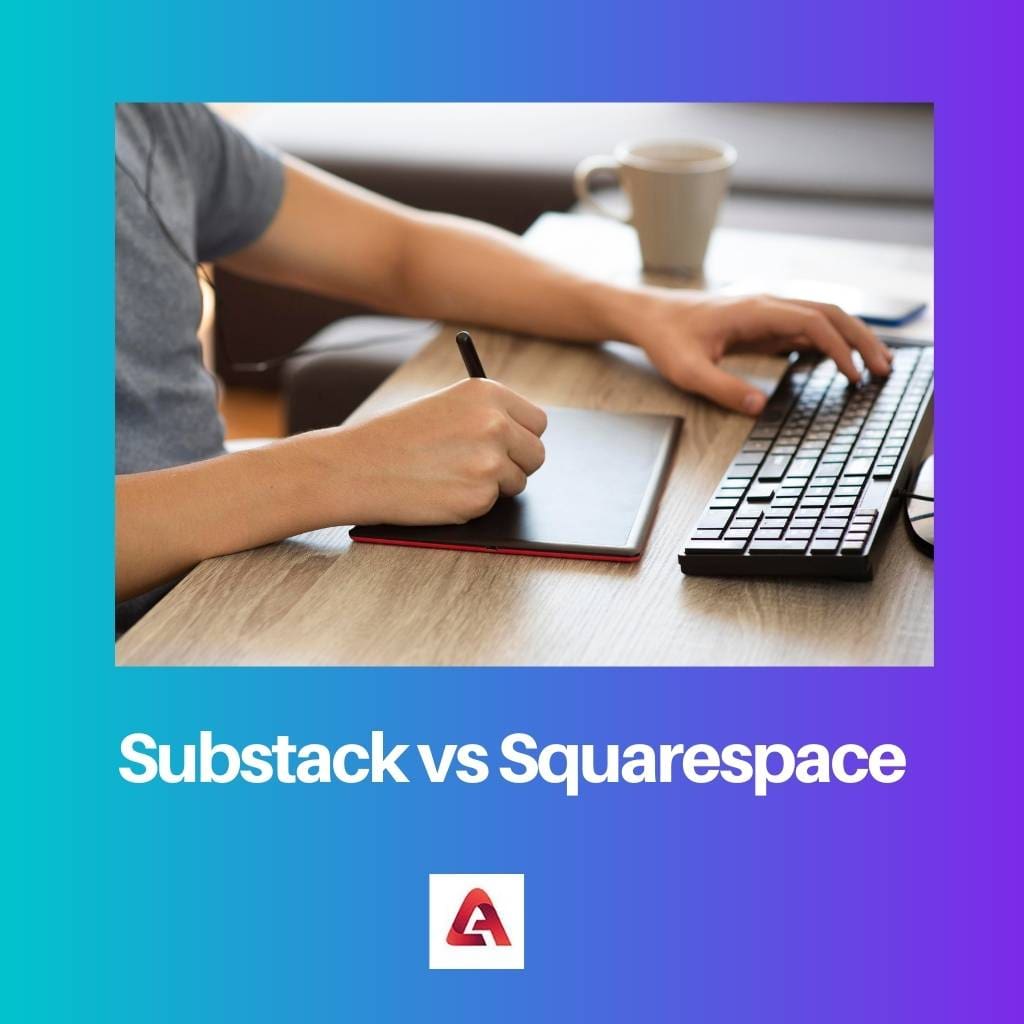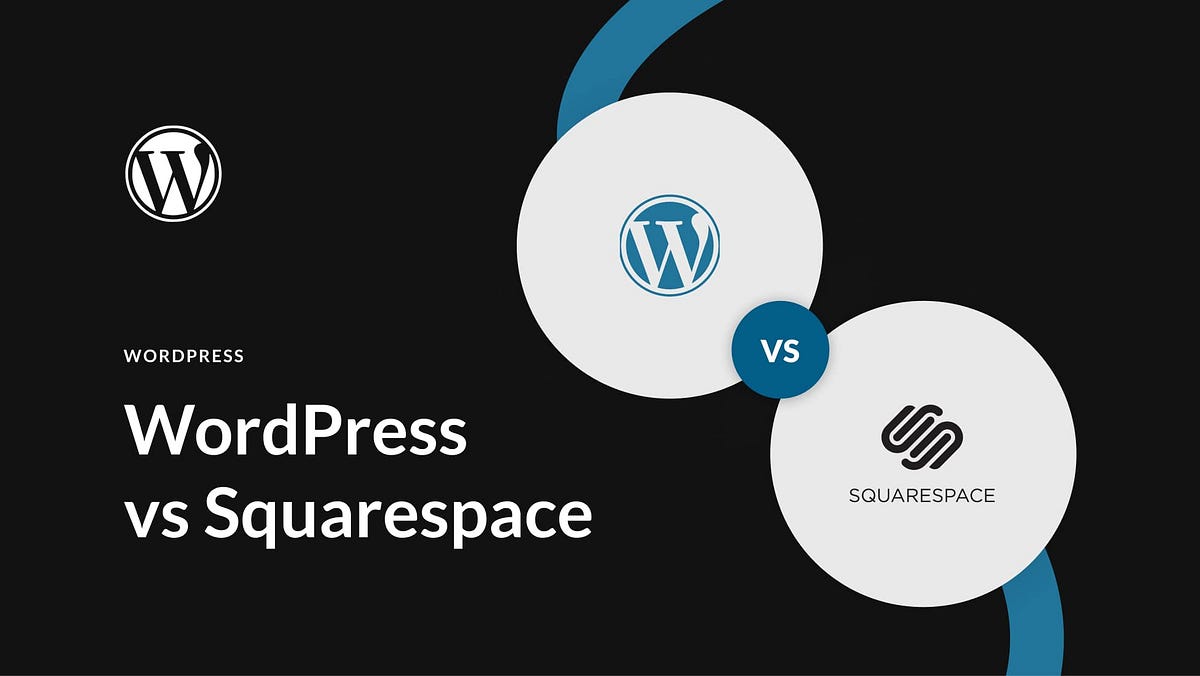Difference Between Squareup And Squarespace

In the bustling landscape of online business, choosing the right platform can be the difference between thriving and merely surviving. Two names often surface in conversations about building an online presence: Squareup and Squarespace. While both offer tools for businesses, they cater to distinct needs, leading to confusion for entrepreneurs navigating the digital marketplace.
This article aims to dissect the core differences between Squareup and Squarespace, offering a clear understanding of their respective strengths and weaknesses. We will explore their functionalities, pricing structures, target audiences, and overall suitability for various business models. Ultimately, this comparison will empower readers to make informed decisions aligning with their specific business goals and requirements.
Squareup: The Payment Processing Powerhouse
Squareup, often referred to simply as Square, is primarily a payment processing platform. Its initial focus was on providing accessible and affordable point-of-sale (POS) systems for brick-and-mortar businesses. Over time, Square has expanded its offerings to include a suite of tools for online sales, marketing, and business management.
Key Features and Functionality
Square's core strength lies in its robust payment processing capabilities. It facilitates seamless transactions both in-person and online, accepting a wide range of payment methods, including credit cards, debit cards, and mobile wallets like Apple Pay and Google Pay. Square provides physical card readers that easily connect to smartphones or tablets, enabling businesses to accept payments on the go.
For online sales, Square offers Square Online, an e-commerce platform. This allows businesses to create basic online stores, manage inventory, and fulfill orders. Square also integrates with other e-commerce platforms, allowing businesses to use Square's payment processing services on existing websites.
Beyond payment processing and e-commerce, Square provides a range of business management tools. These include features for managing customer relationships, tracking inventory, sending invoices, and running payroll.
Pricing Structure
Square's pricing is generally transaction-based. A percentage of each transaction is charged as a fee. This can be beneficial for businesses with low sales volumes, as there are no monthly fees.
However, transaction fees can add up for high-volume businesses. Square also offers subscription-based plans with lower transaction fees and additional features.
Squarespace: The Website Building Specialist
Squarespace is a website builder focused on providing users with an easy-to-use platform to create visually appealing and functional websites. It is known for its elegant templates, drag-and-drop interface, and all-in-one approach to website management.
Key Features and Functionality
Squarespace's core competency is its website building capabilities. It provides a wide array of professionally designed templates that can be customized to suit various business needs. The drag-and-drop interface makes it easy for users to add and arrange content, even without coding knowledge.
Squarespace offers integrated e-commerce features, allowing businesses to sell products and services directly through their websites. However, its e-commerce functionality is not as comprehensive as dedicated e-commerce platforms like Shopify or Square Online.
Squarespace also includes features for blogging, marketing, and analytics. These tools enable businesses to create content, engage with their audience, and track website performance.
Pricing Structure
Squarespace uses a subscription-based pricing model. Users pay a monthly or annual fee for access to the platform and its features. The cost varies depending on the plan chosen, with more expensive plans offering additional features and storage.
This predictable cost can be appealing to businesses that prefer a fixed budget. However, it may not be cost-effective for businesses that do not actively use all of Squarespace's features.
Head-to-Head Comparison
The key difference between Squareup and Squarespace lies in their primary focus. Squareup is a payment processing platform with e-commerce capabilities, while Squarespace is a website builder with integrated e-commerce features.
Squareup is best suited for businesses that need robust payment processing capabilities, both in-person and online. Its point-of-sale system and transaction-based pricing make it ideal for businesses with physical stores or those that need to accept payments on the go.
Squarespace is a better choice for businesses that prioritize website design and user experience. Its elegant templates and drag-and-drop interface make it easy to create visually appealing websites, even without coding knowledge.
"Choosing between Squareup and Squarespace depends entirely on your business needs," says Jane Doe, a small business consultant. "If payment processing is your priority, Squareup is the clear winner. If you need a beautiful website, Squarespace is the better option."
The Future of Online Business Platforms
The lines between payment processing, website building, and e-commerce are becoming increasingly blurred. Both Squareup and Squarespace are constantly evolving, adding new features and functionalities to better serve their customers. Square continues to enhance its e-commerce platform, while Squarespace is investing in improving its payment processing capabilities.
Ultimately, the choice between Squareup and Squarespace will depend on the specific needs and priorities of each business. Entrepreneurs should carefully evaluate their options, considering their budget, technical skills, and long-term business goals.
By understanding the distinct strengths and weaknesses of each platform, businesses can make informed decisions that set them up for success in the ever-evolving digital landscape. The future promises continued innovation and integration, offering businesses even more powerful tools to thrive online.





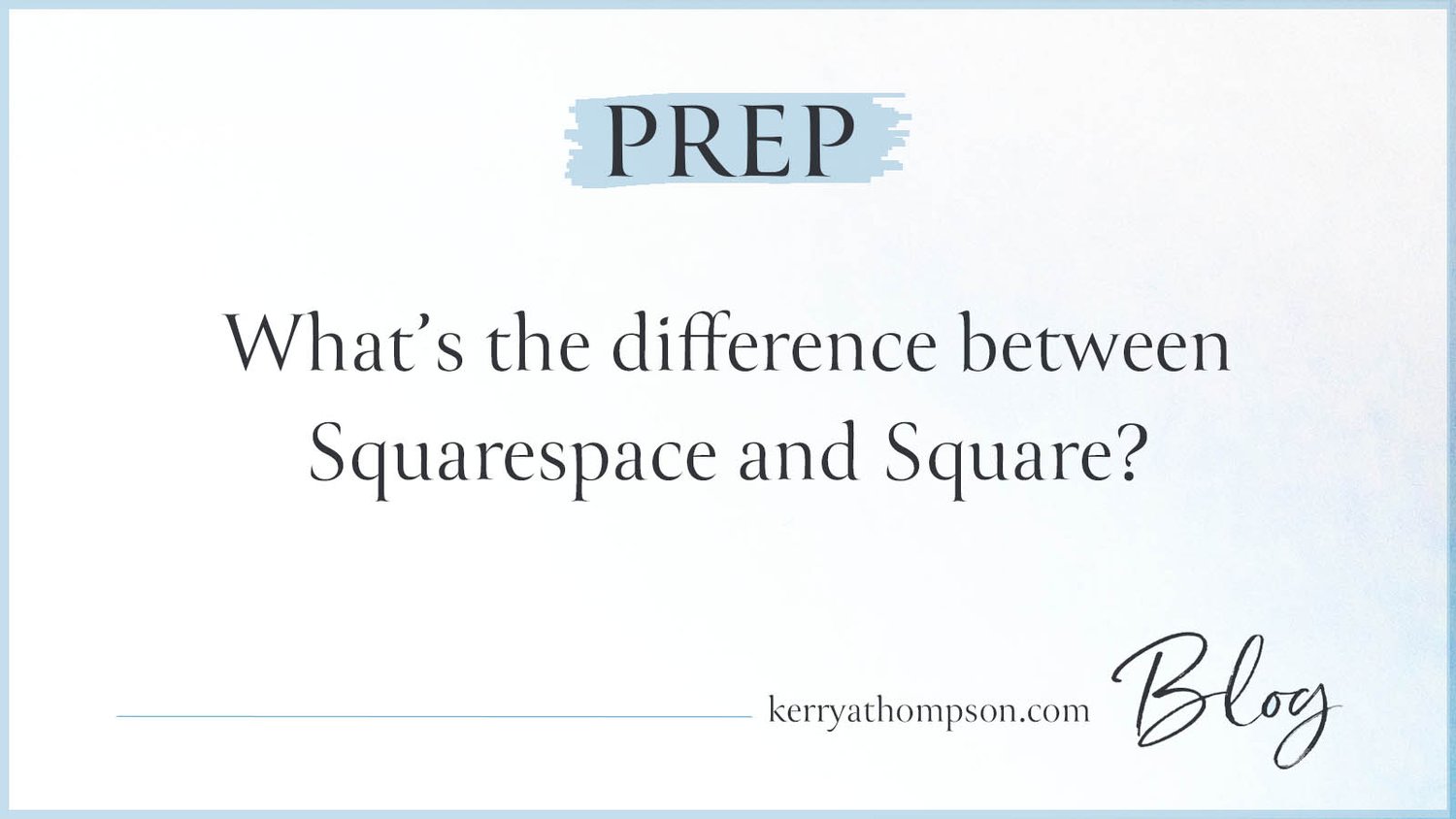
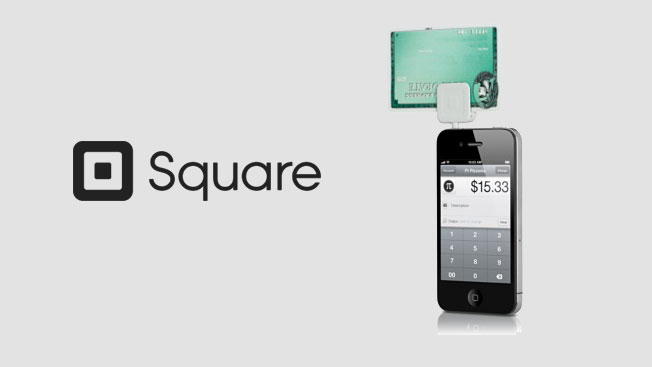

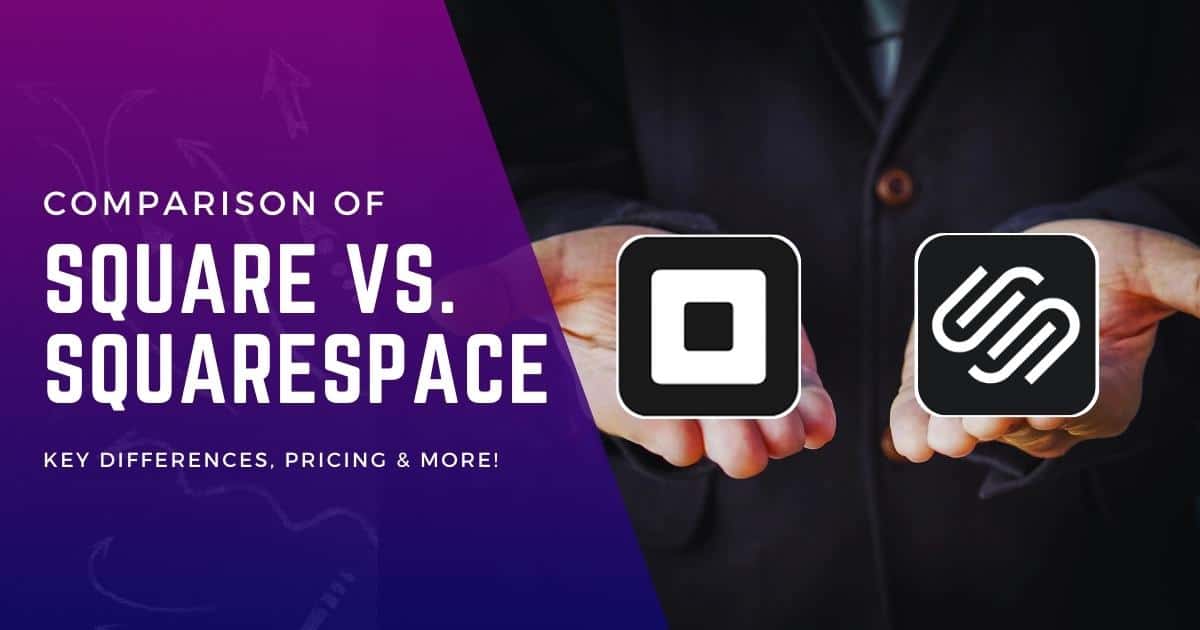


.png?format=1500w)
